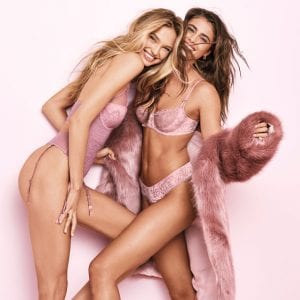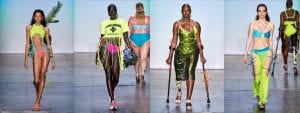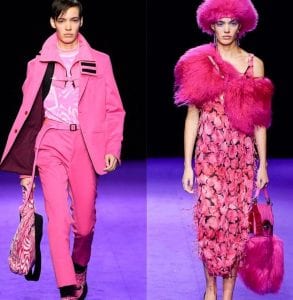2018 was truly a year of change, there were protests about gun laws, igneous rights, and undocumented citizens. As a global community, we came together to support one another whether through social media, gatherings, or conversation. For many fashion brands, 2018 was a pivotal point in their success; fashion has never been an island, but a reaction to the world around it and in today’s world we see that more than ever before. Inclusivity is a must, and many consumers want to see true diversity not just having token models.
Victoria Secret is one of these brands who still dwell on this “token” model ideal. Their latest fashion show did include more diversity, for example, having models such as Winnie Harlow, Duckie Thot, and Kelsey Merritt, but when the Ed Razek chief of marketing at Victoria Secret was asked why plus and trans model have never graced their runway the response was “Shouldn’t you have transsexuals in the show? No. No, I don’t think we should,” he says. “Well, why not? Because the show is a fantasy. It’s a 42-minute entertainment special. That’s what it is. It is the only one of its kind in the world, and any other fashion brand in the world would take it in a minute, including the competitors that are carping at us. And they carp at us because we’re the leader.” Not only was his comment offensive, but also completely untrue, and was proved by Chromats 2019 show where there were not only trans women walking, but also women with disabilities, and plus size women. In the text Kaiser states that” Fashion, like femininity, is marked as the context of the to other,” explaining that fashion has a history of being marked due to the male gaze, and that fashion was meant as a form of visual stimulation, for example, the “new look” by Dior was that return to Victorian and feminine ideals that were given up during the war. For Victoria Secret, there are still perpetuating this ideal. Instead of adapting Victoria Secret is still the same brand that rose to fame in the 90s selling an unrealistic ideal and further cementing the view of women as objects for the male gaze.
Despite some companies push to set fashion back into gender norms many brands such as Kenzo has taken a leap. In their latest show in Paris, a model known as Oslo Grace walked for both Mens and Womenswear at their 2019 show. Oslo who identifies as non-binary first wore a pink ensemble that included a pink jacket, pants, and bag to be seen only 5 mins later to close the show in a pink dress with purple eyeshadow. Not only this was a great representation of the versatility of Oslo Grace but illustrated what it means to be non-binary. When many people here this term they assume that this person will dress more masculine/ feminine in order to “escape” their appearance as a cisgender person which is completely untrue. Being non-binary doesn’t mean you have to reject all the ideal femininity/masculinity, but is a mix of both not always equal, but both and it can fluctuate. Oslo Grace not only has open more doors to non-binary and gender nonconforming models but illustrates how trans people can sell fantasy by just being themself.


